Dear readers you may have come across the term computer network and switching if not I will be explaining the different types of switching in computer network with examples, uses, advantages with illustrative and self- explanatory images.
The term networking can be explained in simple words that when two or more computers and devices are connected together to share information and data in a network is called “Networking”.
To connect computers in a computer network or establish a computer we can use cables, moderns, hubs, routers, switches, twisted pair cables, or fiber optic cables.
To avoid using cables as they are expensive and require heavy maintenance we can use wireless technology which does not use cables and hence the cost and maintenance decrease rapidly.
Wireless technology uses radio waves, infrared, Bluetooth, and satellite for establishing connections in computer networks.
The computer connected to the computer network also share resources like printers, internet, scanner, data, information, software, and application between them.
The computer network can connect and communicate with servers, mobile phones, and routers to share information and data.
What is Switching in Computer Network
Switching plays a vital role in computer networks where a computer is connected to another computer or device in a network to share the internet, data, and information.
So this computer network or computer network segment is the means of exchanging information and data in the network called “Switching”.
Communication between any of the biggest networks of sender and receiver can be accomplished by using various techniques.
Among these methods, the switching technique determines the optimal method for transmitting data.
As we all know, Switching is a technique for one-to-one communication between computers and devices.
Switching in simple terms can be explained as it is a method that allows any data to be transmitted between two different computer networks.
Different OSI layers are used for data transmission hardware devices used for data transmission.
What are the Types of Computer Networks?
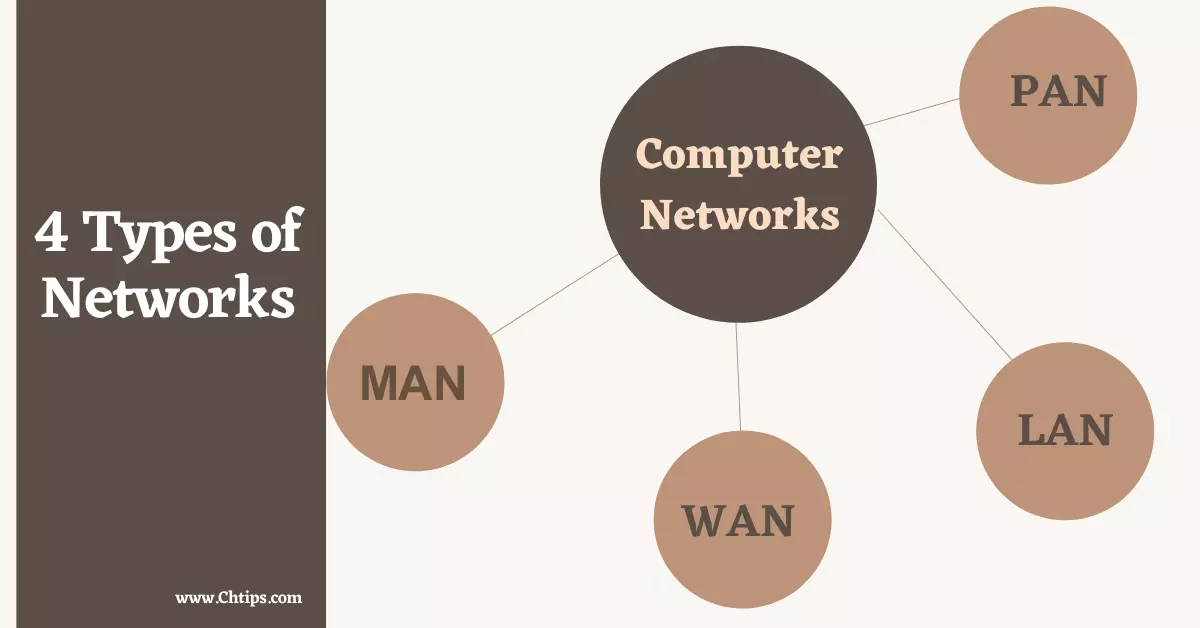
- LAN (Local Area Network).
- MAN (Metropolitan Area Network).
- WAN (Wide Area Network).
LAN (Local Area Network)
Local Area Networks are networks that can only be extended around one kilometer; they are found in schools, colleges, libraries, and offices.
The computers in the LAN share information between them, using their processors, printers, hard disk drives, and modems.
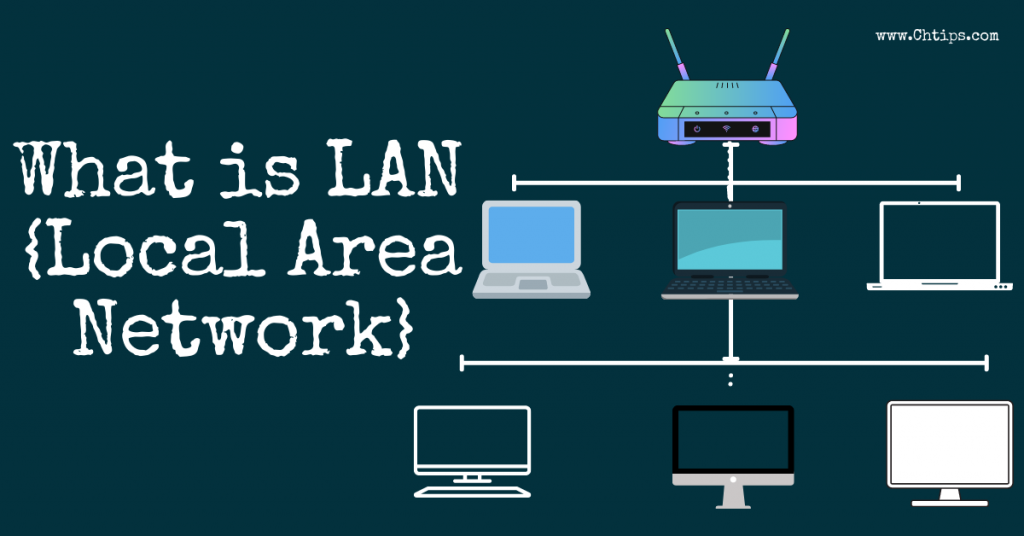
Traditional wired connections are still used for LAN connections, but wireless connections are now being used.
Data storage, printing, processing, and resource sharing use LAN technology.
We can connect anywhere from 100 to 1000 computers using these networks. Data transfer is much faster and safer than on an internet connection.
MAN (Metropolitan Area Network)
The MAN stands for “Metropolitan Area Network”.
The Metropolitan Area Network combines routers, switches, and hubs that are organized to work in cities and transfer data at high speeds.
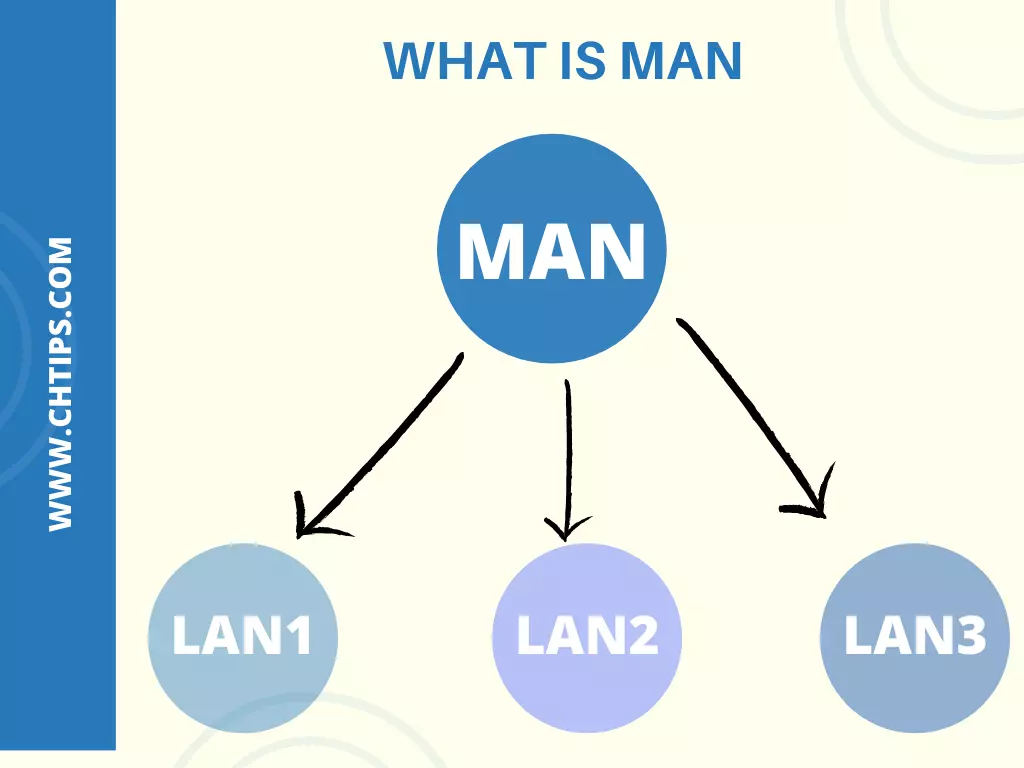
MAN networks are larger than LANs and smaller than WANs, the organizations of MAN networks are costlier than LANs, and they work in cities and small towns.
The Metropolitan Area Network is a network that enables the transmission of data between cities with speeds of 300 MBPS or more per second and the transmission of images at 100 km per second.
It helps and provides access to the internet.
WAN (Wide Area Network)
The WAN stands for “Wide Area Network”.
WAN is a very large network and is larger than LAN or MAN. This network can be used on computers around the whole globe is called the LAN of LANs.
WANs are capable of connecting and communicating with a large number of computers and devices in one network.
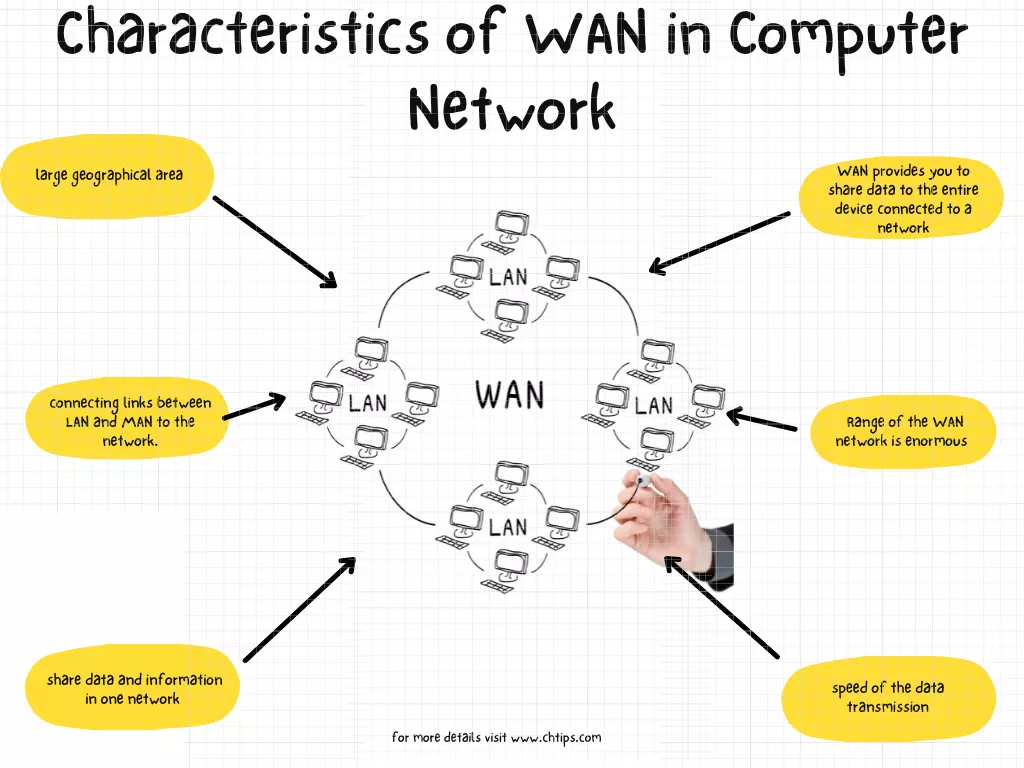
The WANs networks can be between two countries, and the network organization is much more complicated, but the data transfer and exchange speed are much better than LAN and WAN networks.
A private or public sector entity can own a WAN, and it can be connected to any public network via a cable network, telephone line, or satellite.
One of the biggest examples of WAN is the Internet, but other examples include the banking network, public packet network, railway reservation network, government database, and airline reservation network.
PAN (Personal Area Network)
A Personal Area Network (PAN) is a wireless small area network used to connect users’ personal devices with a range of up to 10 meters.
The devices connected to PAN include laptops, phones, media players, play stations, printers, etc. Wireless connection and USB cable connection or link to this network.
Network of Network
A network whose goal is to connect all LAN and WAN networks is called a network of networks or an inter-network. This is the most important network.
It can share knowledge with users over a large distance via the Internet.
World Wide Web, file transfer protocol, email service, audio, and video streaming are used. An optical cable connects the internet to several continents.
Different Types of Switching in Computer Networks
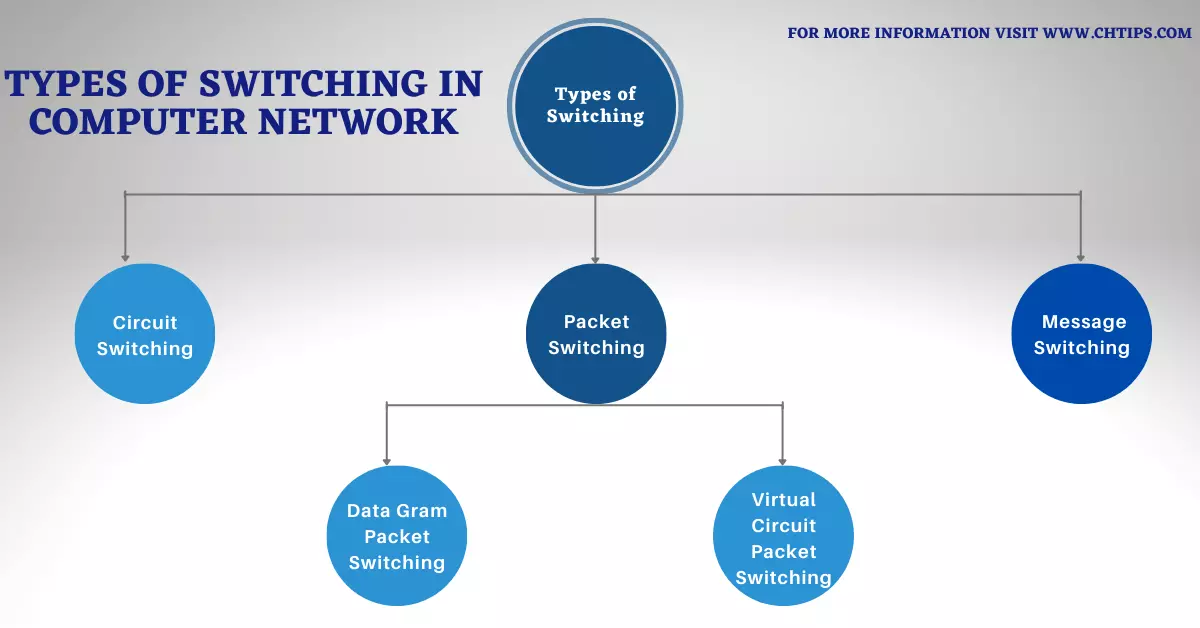
Circuit Switching
A circuit switch connects two or more devices in a network via a point-to-point connection.
Also known as circuit switching, circuit switching uses a physical connection between a sender and a receiver.
The data and information is transmitted when there is connection is established between the sender and receiver.
Circuit switching refers to physical connections between sender and receiver, such as in a telephone system.
Packet Switching
The messages are divided and categorized into small and tiny packets. Every packet has a source and destination address with it.
Every packet with this address network is transmitted; when each packet reaches its destination, it is transformed into the original message.
Packets are accepted in packet-switching networks using the first-come, first-served method. The packets that are received first are the ones that are served first.
Packet Switching is of Two Types
- Data Gram Packet Switching.
- Virtual Circuit Packet Switching.
Data Gram Packet Switching
Each datagram is transmitted independently, meaning that there is no correlation between packets concerning each other, so it is called a datagram for each packet.
Every packet is assigned a destination address from which it is sent into the network. Independent packets are transmitted in different roots during datagram packet switching, with the path to the destination being incorrect.
Datagram packets are commonly known ”connectionless packet switching”.
Virtual Circuit Packet Switching
One route is selected by the sender and receiver in this type of packet switching.
All packets are transmitted on that single route data are transmitted in one path, so all packets are transmitted in one route to the destination.
Each packet has its number, which is called a virtual circuit number.
Virtual circuit switching occurs in the data link layer, also called connection-oriented packet switching.
Message Switching
In Message Switching, there is no need for a special route for the sender or receiver to transmit the data whenever someone sends a message they have their destination message along with.
This message is transmitted from one node to another when the node receives a message, and then they store it.
The second node message is ready to receive the forward it this is also called message forward-stored Switching.
An email message is an example of message switching.
Different Types of Switching Techniques?
The Store and Forward Switching method:
In this method, Switch waits until all bits are not present in the frame.
After the structure receiving in the frame, the Switch is verifying whether the frame is error-free or not; if the frame is error-free, it transmits; if not, it discards.
The cut-through switching method: In this method, the Switch checks the condition frame before transferring.
It does not want to wait but produces errors; this is the fastest switching method, but it has one disadvantage: it forwards the frame with some errors.
Related Articles
- Computer Networking Tutorials
- Computer Basic Tutorials
- Top 11+ Advantages and Disadvantages of MPLS
- Applications of Star Topology
- 10 Features of Ring Topology with Examples
- Advantages and Disadvantages of Star Topology
- Characteristics of Star Topology Networking in Computer
- Applications of Ring Topology in Computer Network
- Functions of Bridge in Networking
- Features of Star Topology in Computer Networks
- 10 Applications of Star Topology in Real Life
- Characteristics of MAN in Computer Network
- Advantages and Disadvantages of LAN {Local Area Network}
- Advantages and Disadvantages of WAN
- Characteristics of WAN in Computer Network
- Advantages and Disadvantages of MAN
- Advantages and Disadvantages of DNS
- 15+ Advantages and Disadvantages of Mesh Topology
- 6+ Advantages and Disadvantages of Application Server
- What is MPLS in Networking
- Active Directory Users and Computers
- What is Guided Transmission Media in Computer Networks
- Block Diagram of Optical Communication System
- Computer Basic Tutorials
Uses of Switching in Computer Network
Ethernet switches OSI model works in (layer 2) data link layer or (layer 3) network layer if you have any devices connected to the switch like a computer, laptop, or device.
This is used to transmit information from one layer to another.
Some are transmitted through, and some are not; some switches are single-layer transmissions, and some simultaneously send and receive the data.
Advantages of Switching in Computer Network
- The use of Switching increases the network’s bandwidth.
- We reduce the workload of the individual host PCs.
- It is used to improve network performance.
- They are more intelligent than hubs.
- Switches are directly connected to workstations.
- The network in which switches are used is very less collision because domains create every connection.
Get In Touch
I have also written and compiled some articles on computers and telecommunications, and please go through them.
I hope you will like reading it.
I hope that all the questions and queries related to different types of switching in computer network with examples, computer networks, uses, advantages with images have been answered here in easy language.
If you have any questions related to What is Switching in Computer networks.
Don’t hesitate to get in touch with me, and if you need to add, remove or update anything from the article, please let me know in the comment section or via email.
I will be more than happy to update the article. I am always ready to correct myself.
Please share this article with your friends and colleagues; this motivates me to write more related topics.
!!! Thank You !!!
Comments are closed.